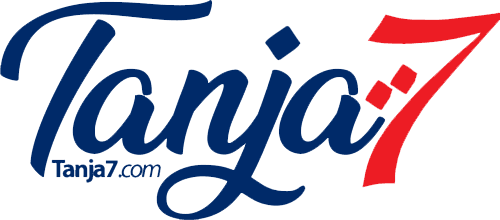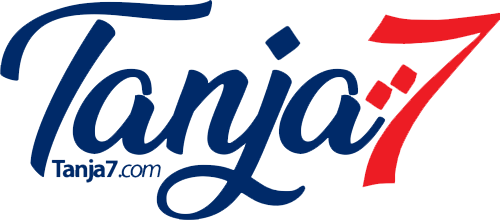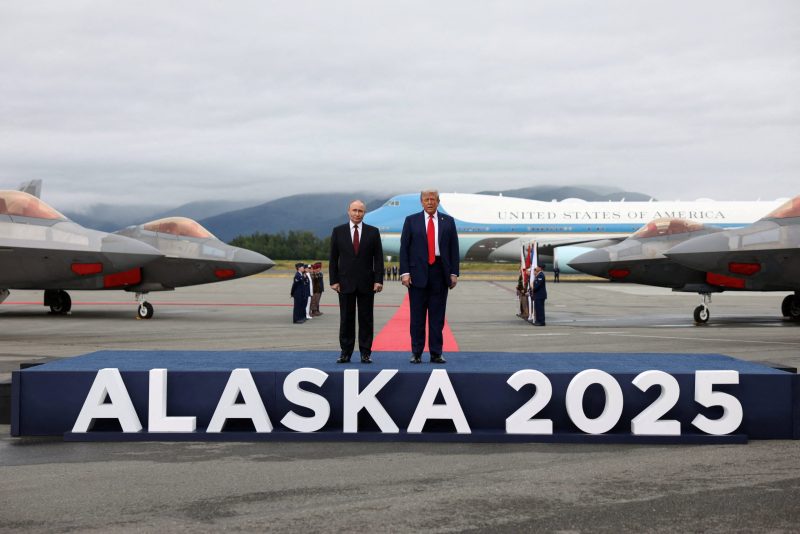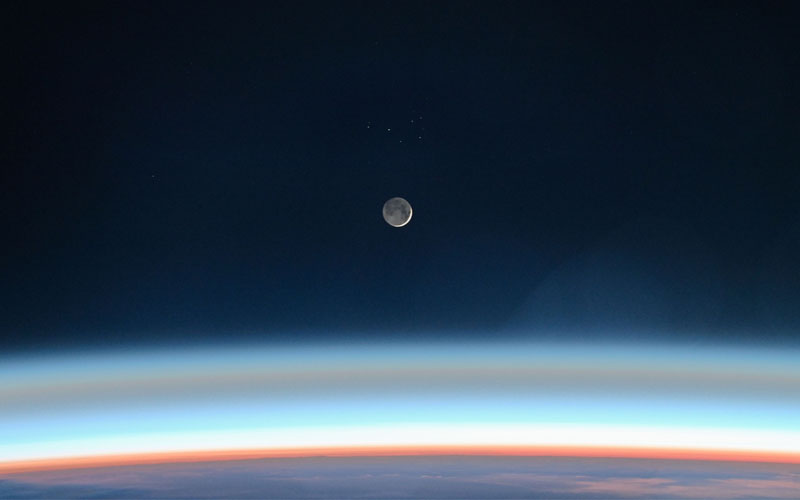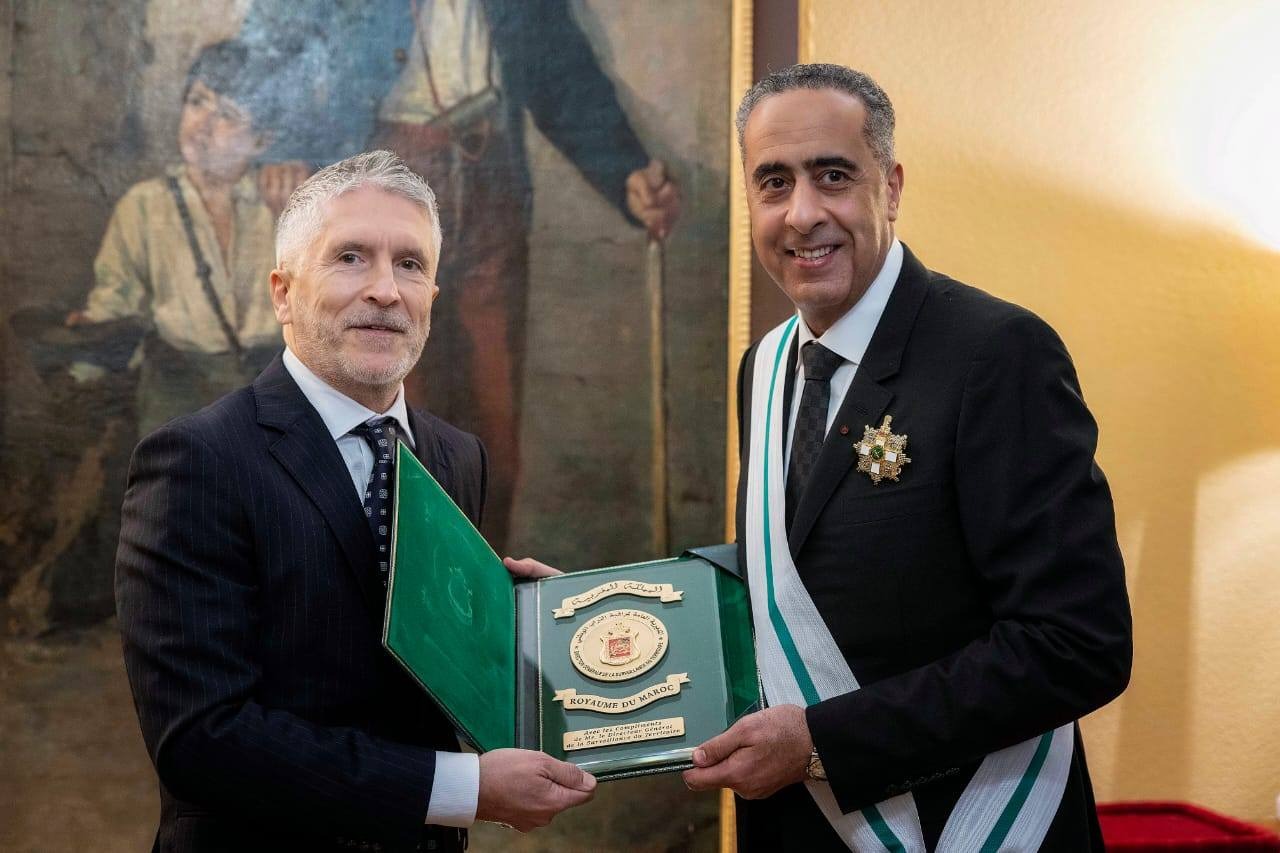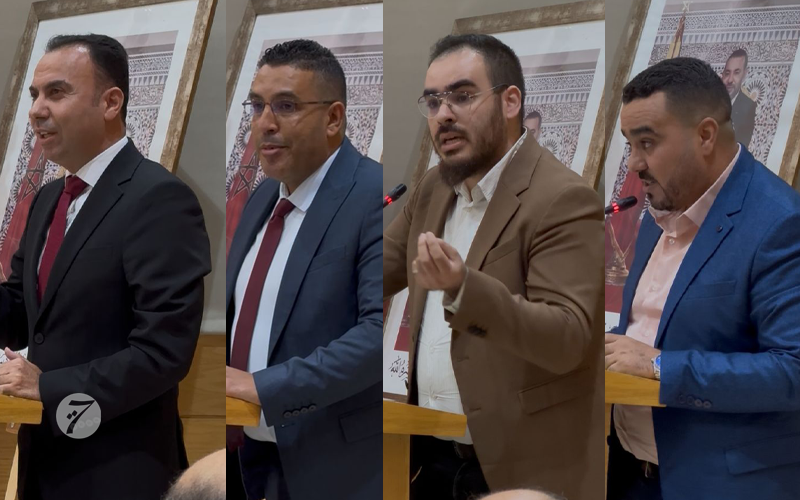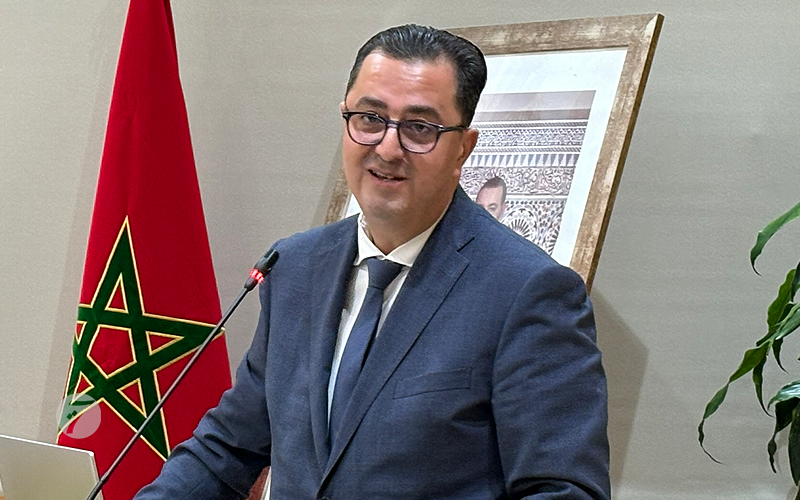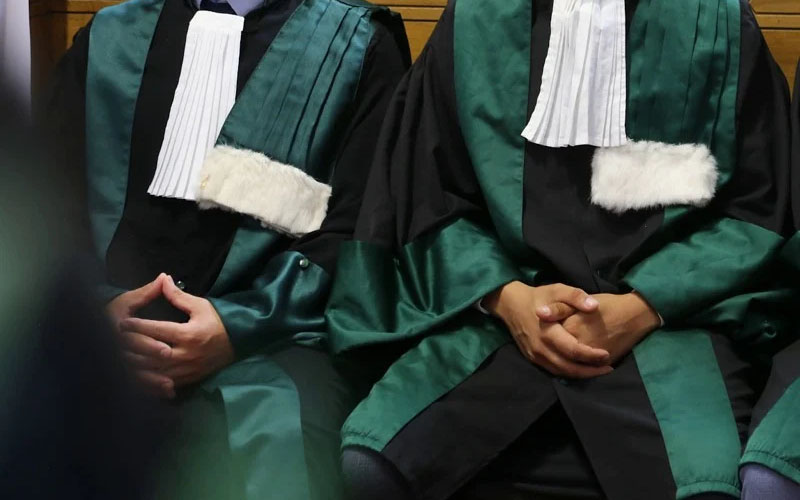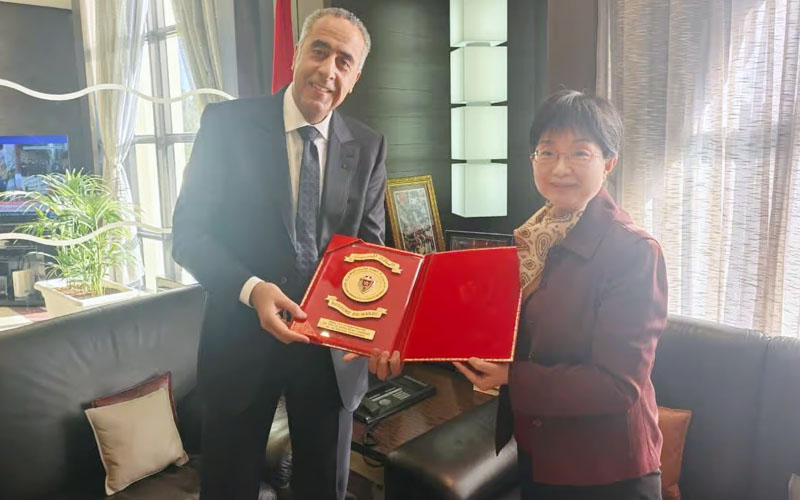US President Donald Trump Meets Russian President Vladimir Putin in Alaska
US President Donald Trump met face-to-face with Russian President Vladimir Putin in Alaska on Friday in a high-stakes summit that could determine the feasibility of a ceasefire in the deadliest conflict in Europe since World War II.
Ahead of the summit, Trump welcomed Putin on a red carpet at a US Air Force base. The two leaders shared a warm handshake and touched each other’s arms before traveling together in Trump’s limousine to the summit venue.
Trump and Putin sat in silence as members of their delegations took their seats for their first meeting since 2019, positioned against a blue backdrop emblazoned with the phrase “Striving for Peace.”
Ukrainian President Volodymyr Zelensky, who was not invited to the talks, and his European allies fear that Trump might abandon Ukraine by freezing the conflict and informally recognizing Russian control over one-fifth of its territory.
However, Trump sought to alleviate these concerns as he boarded Air Force One, stating he would leave Ukraine to decide on any potential territorial exchanges. He remarked, “I’m not here to negotiate on behalf of Ukraine, but to get them to the negotiating table.”
Responding to a question about what would make the meeting successful, Trump said, “I want to see a quick ceasefire… I won’t be happy if we don’t achieve that today… I want the killing to stop.”
Secretary of State Marco Rubio and special presidential envoy Steve Witkoff joined Trump in his meeting with Putin.
White House Press Secretary Caroline Levitt stated that a later meeting would also include Treasury Secretary Scott Bisant, Commerce Secretary Howard Lutnick, Defense Secretary Pete Hegseth, and White House Chief of Staff Suzy Wiles.
Accompanying Putin in the talks with the US delegation were Foreign Minister Sergey Lavrov and President’s Assistant for Foreign Affairs Yuri Ushakov.
Trump aims to reach a truce in the three-and-a-half-year war, bringing peace to the region and bolstering his position as a potential global peacemaker worthy of the Nobel Peace Prize.
For Putin, the summit represents a significant victory, as he can use it as evidence that years of Western attempts to isolate Russia have failed, restoring Moscow’s prominent place in international diplomacy.
On Thursday, Trump acknowledged that the conflict has proven to be more challenging than he previously thought, after claiming he could end the war in Ukraine within 24 hours.
He noted that if his talks with Putin went well, arranging a subsequent tripartite summit involving Zelensky would be more critical than his meeting with Putin.
Russian news agency Interfax quoted Putin’s spokesperson as saying a tripartite meeting could occur later if the Alaska talks yield positive results.
The spokesperson also indicated that discussions between Trump and Putin could last six to seven hours.
Zelensky expressed that the summit should pave the way for a “just peace” through tripartite talks involving him but reiterated that Russia continues its war against Ukraine. Earlier on Friday, a Russian ballistic missile struck the Dnipropetrovsk region of Ukraine, killing at least one person and injuring another.
Zelensky wrote on Telegram, “It’s time to end the war, and Russia must take the necessary steps. We count on America.”
“A Smart Man”
Before the summit, Trump mentioned that there is mutual respect between him and Putin. He described Putin as “a smart man; he has been doing this for a long time, but so have I… we are on the same wavelength, and there is a good deal of respect between us.” He also welcomed Putin’s decision to bring business leaders to Alaska.
He added, “But they won’t do business until we finish the war,” reiterating his threat of “severe economic consequences” for Russia if the summit does not proceed favorably.
Three informed sources told Reuters that the US has conducted internal consultations regarding the use of Russian nuclear-powered icebreakers to support gas and LNG projects in Alaska, seeing it as a potential deal to explore during the summit.
A source close to the Kremlin indicated signs that Moscow might be willing to reach a settlement over Ukraine, acknowledging Putin’s recognition of Russia’s economic troubles and the costs of continuing the war.
Earlier reports suggested that Putin might be open to freezing the conflict at the front lines, provided there is a binding legal commitment not to expand NATO eastward and to lift some Western sanctions.
Russia, which is showing signs of economic strain, faces the prospect of additional US sanctions, and Trump has threatened to impose tariffs on purchases of Russian crude oil, particularly by China and India.
The Russian source said, “For Putin, economic issues come second to his goals, but he understands the fragility of our (economic) situation and the costs we incur.”
On the eve of the summit, Putin hinted at the potential to achieve something else that Trump desires: a new nuclear arms reduction agreement to replace the last remaining treaty between the sides, which is set to expire in February.
Common Ground?
A source familiar with the Kremlin’s thinking said that both sides appear to have found common ground. The source, who wished to remain anonymous due to the sensitivity of the subject, stated, “It seems some conditions will be agreed upon… it cannot reject Trump’s demands, and we are not in a position to refuse,” referring to the pressure from sanctions.
Putin has maintained strict conditions for a complete ceasefire, even as he remains open to the idea, and reaching a truce in the air war could be one compromise.
Zelensky has ruled out officially conceding any territory to Moscow, seeking a security guarantee backed by Washington.
Ukrainians interviewed by Reuters in central Kyiv on Friday expressed skepticism about the summit.
Clean-up worker Tetyana Harkavenko, 65, stated, “Nothing good will come out of there because war is war, and it won’t end. As for the lands… we will not give anything to anyone.”
